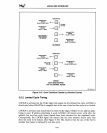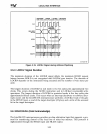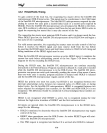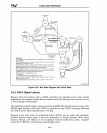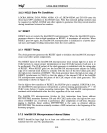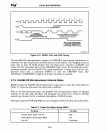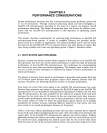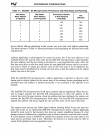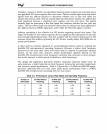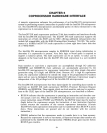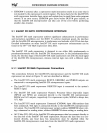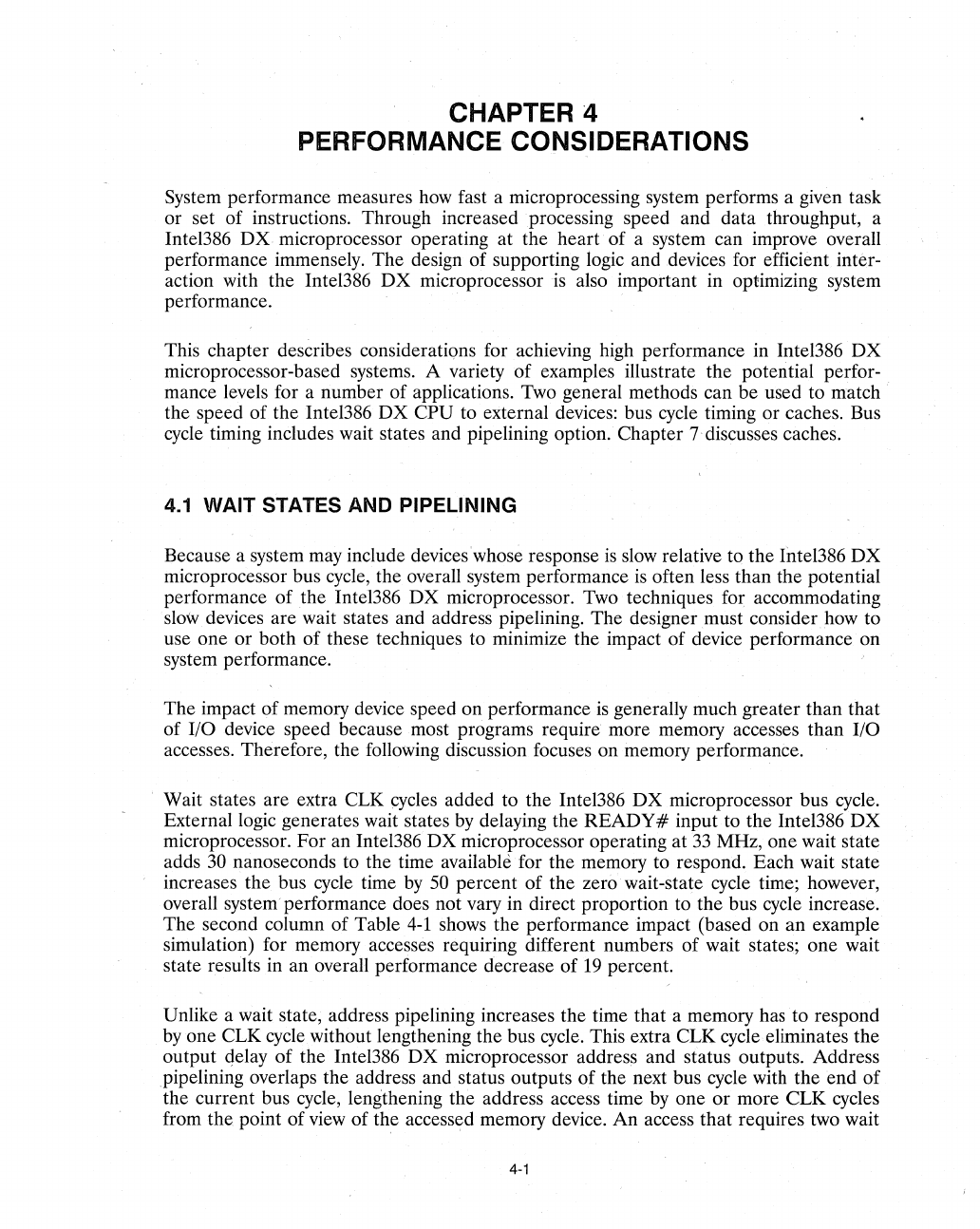
CHAPTER 4
PERFORMANCE
CONSIDERATIONS
System performance measures how fast a microprocessing system performs a given task
or set of instructions. Through increased processing speed and data throughput, a
Inte1386
DX
microprocessor operating at the heart of a system can improve overall
performance immensely. The design of supporting logic and devices for efficient inter-
action with the Intel386
DX
microprocessor
is
also important in optimizing system
performance.
This chapter describes consideratiQns for achieving high performance in Intel386
DX
microprocessor-based systems. A variety of examples illustrate the potential perfor-
mance levels for a number of applications. Two general methods can be used to match
.'
the speed of the Intel386 DX CPU to external devices: bus cycle timing or caches. Bus
cycle
timing includes wait states and pipelining option. Chapter
7·
discusses caches.
4.1
WAIT STATES AND PIPELINING
Because a system may include devices·whose response
is
slow
relative to the Inte1386
DX
microprocessor bus cycle, the overall system performance
is
often less than the potential
performance
of
the Inte1386 DX microprocessor. Two techniques for accommodating
slow
devices are wait states and address pipelining. The designer
must
consider how to
use one or both of these techniques to minimize the impact of device performance on
system performance.
The impact of memory device speed on performance
is
generally much greater than that
of
I/O device speed because most programs require more memory accesses than I/O
accesses. Therefore, the following discussion focuses on memory performance.
Wait states are extra CLK cycles added to the Inte1386
DX
microprocessor bus cycle.
External logic generates wait states
by
delaying the READY # input to the Intel386
DX
microprocessor. For an Intel386
DX
microprocessor operating at
33
MHz, one wait state
adds
30
nanoseconds to the time available for the memory to respond. Each wait state
increases the bus cycle time
by
50
percent of the zero wait-state cycle time; however,
overall
system' performance does not vary in direct proportion to the bus
cycle
increase.
The second column of Table
4-1 shows the performance impact (based on an example
simulation) for memory accesses requiring different numbers of wait states; one wait
state results in an overall performance decrease of
19
percent.
Unlike a wait state, address pipelining increases the time that a memory has to respond
by
one CLK cycle without lengthening the bus cycle. This extra CLK cycle eliminates the
output
qelay of the Inte1386
DX
microprocessor address and status outputs. Address
pipelining overlaps the address and status outputs of the next bus cycle with the end of
the current bus cycle, lengthening the address access time
by
one
or
more CLK cycles
from
the,
point of view of the accessed memory device. An access that requires two wait
4-1



